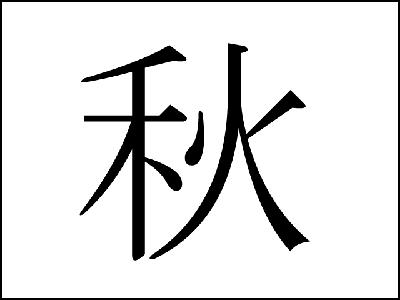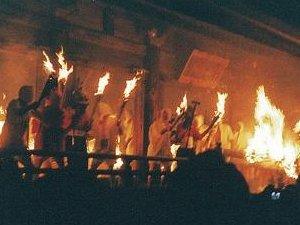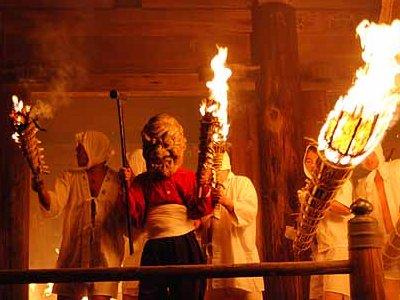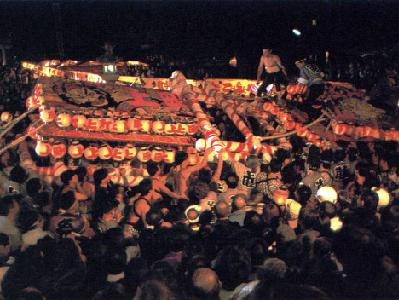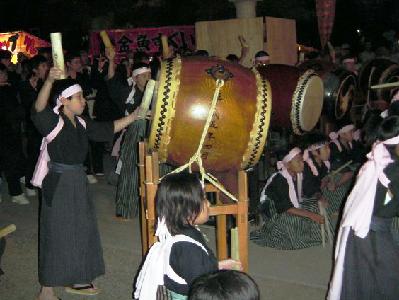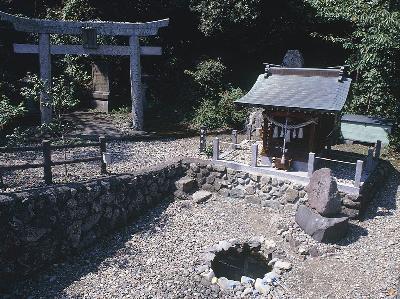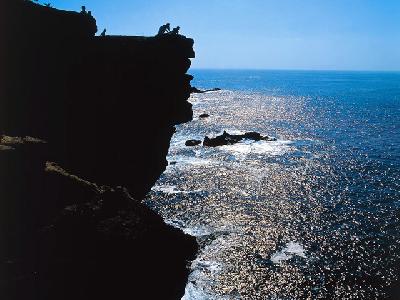|
This character means the season called autumn. The same in antiquity as now, its characteristic, the harvest is which is reflected in the grain-classifier. The part of the character apart from the left part shows the burning of harmful insects.
In the original character form, the fire is positioned below. It is the most effective position for exposing the larvae or insect’s eggs to fire. The original character form can be seen for the first time in the tortoise plastron and bone characters. The proper original character has the 灬 four dots fire element below the 龜 ‘insect’ of 龝 but has now come to be called ‘variant character’ (with a nuance of abnormality). Nevertheless, it shows the original meaning of the character more clearly. From the present Common Use Kanji 秋 the mutual relation of the character elements cannot be correctly understood. It has become an abbreviation which completely excludes the fire’s role of burning harmful insects. In the original character the four dots fire element is appropriately positioned below the character element representing the insect. Agriculture had already considerably developed in the Yīn (Shāng) period, and ashes and excrements were already used as manure. Rice stem borers and locusts could not be ignored. As grown insects easily flee, the fire most probably was rather directed at the larvae adhering to the rice plants or crops. The original character form also conveys a certain symbolic meaning as, there seems to have been a profound relationship to a seasonal ritual.
In the original character form, the fire is positioned below. It is the most effective position for exposing the larvae or insect’s eggs to fire. The original character form can be seen for the first time in the tortoise plastron and bone characters. The proper original character has the 灬 four dots fire element below the 龜 ‘insect’ of 龝 but has now come to be called ‘variant character’ (with a nuance of abnormality). Nevertheless, it shows the original meaning of the character more clearly. From the present Common Use Kanji 秋 the mutual relation of the character elements cannot be correctly understood. It has become an abbreviation which completely excludes the fire’s role of burning harmful insects. In the original character the four dots fire element is appropriately positioned below the character element representing the insect. Agriculture had already considerably developed in the Yīn (Shāng) period, and ashes and excrements were already used as manure. Rice stem borers and locusts could not be ignored. As grown insects easily flee, the fire most probably was rather directed at the larvae adhering to the rice plants or crops. The original character form also conveys a certain symbolic meaning as, there seems to have been a profound relationship to a seasonal ritual.
| [+ADDRESS] | 
|


